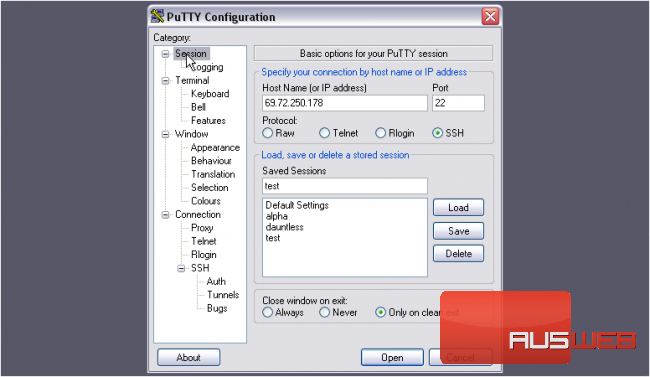

A risk assessment was performed on the potential adverse impact of acid gases on both the skin and open wounds. Discoloration was inversely proportional to the amount of acid collected on the traps. The source of the acidity was dominated by hydrogen chloride. Results indicated that acid deposition did increase with modacrylic content from 0.9 μmol/cm 2 for the cotton/nylon, to 12 μmol/cm 2 for the medium modacrylic blend. The ion traps remained in position from the time of ignition until 5 min post ignition. Ion traps consisting of wetted sodium carbonate-impregnated cellulose in Teflon holders were placed on the chest and back both above and under the standard undergarments. The materials, in the form of whole body coveralls, were subjected to propane-fired flash conditions of 84 kW/m 2 in a full sized simulator for a duration of either 3 or 4 s. Three fire retardant textiles were tested: an FR treated cotton/nylon blend, a low Protex ® modacrylic blend, and a medium Protex ® modacrylic blend. The tests were performed in accordance with ASTM F1930 and ISO 13506: Standard Test Method for Evaluation of Flame Resistant Clothing for Protection against Fire Simulations Using an Instrumented Manikin. A comparative risk assessment was performed on three commercial flame retardant materials with regard to relative hazards associated with acidic combustion gases to skin during a full engulfment flash fire event. There have been concerns that fire-derived acid gases could aggravate thermal burns for individuals wearing synthetic flame retardant garments.


 0 kommentar(er)
0 kommentar(er)
